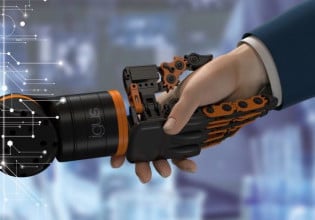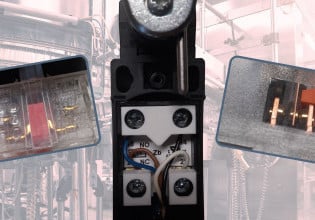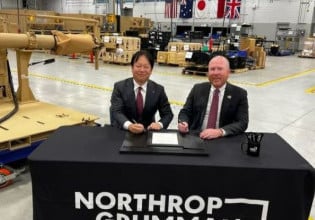New 3-Axis Digital Vibration Sensor from STMicro Built For Industrial Applications
STMicroelectronics announced their latest vibration platform that will help engineers design the latest automated monitoring systems.
The Need For Data
The implementation of IoT technologies in industrial processes was transformative not just due to their ability to be networked, but data could be gathered and stored in one location.
This data, when combined with an AI system, results in an intelligent industrial process that not only improves productivity by reducing waste and timing stages correctly, it can also be used to perform predictive tasks that can alert engineers to problems that are yet to manifest themselves.
One common example is the use of vibration sensors on motors. Vibration data that is gathered from a motor between its normal operation and malfunction can be used by an AI to recognize patterns that indicate potential failure (such as bearing or lubrication failure).
This predictive capability allows engineers to react to a problem before it occurs and maintenance performed at an early stage may be significantly less disruptive than when that stage fails entirely.
It is the integration of AI into industrial processes that has engineers excited to get sensors integrated into all processes of an industrial system.
STMicroelectronics New Vibration System
STMicroelectronics announced its latest product, the IIS3DWB, and a supporting evaluation kit, the STEVAL-STWINKT1.
This sensor is a 3-axis MEMS vibration sensor that has a low noise over a wide and flat frequency range. The sensor is targeted at embedded and wireless systems by being operable on battery power, integrating a 3KB FIFO for constant data logging, and interrupts to enable the wakeup of microcontrollers.

Large industrial facility for welding where vibration sensors are commonly used.
The sensor has a selectable range of forces including ±2/±4/±8/±16 g and is also capable of recording these accelerations at frequencies up to 6kHz with a data rate of 26.7kHz. The operating temperature range of the sensor is -40 to +105 °C, making it ideal for many industrial and automotive applications.
Its ultra-low noise density (down to 75 µg/√Hz in 3-axis mode / 60 µg/√Hz in single-axis mode) makes it ideal for gathering data on industrial processes for AI use.
Built With Temperature Sensibility
The sensor is deemed reliable because of the temperature stability, embedded temperature sensor, and embedded self-test which ensures that the sensor operates within expected parameters.
The sensor, which is housed in a LGA 2.5 x 3 x 0.83 mm 14-lead package, is also available in an evaluation kit for designers to prototype with.
The evaluation kit integrates the sensor along with an ARM Cortext-M4, onboard Bluetooth 4.2, Wi-Fi, motion sensor, pressure, microphone, and temperature sensors. The kit is housed in a plastic enclosure and includes a rechargeable Li-Ion battery and is designed to allow engineers to create high-speed, high-rate data logging applications for creating smarter industrial processes.
How do you use vibration sensors?






